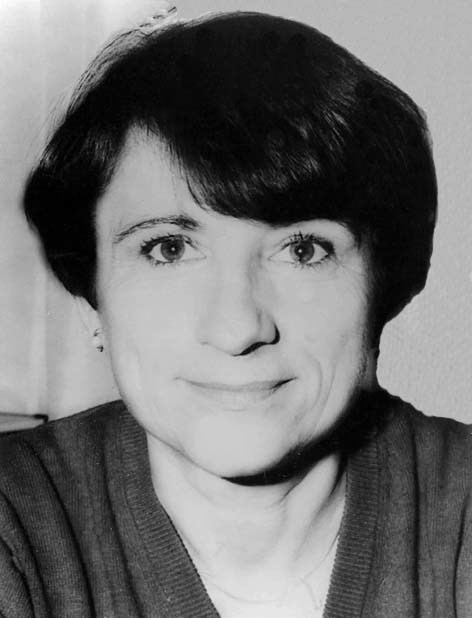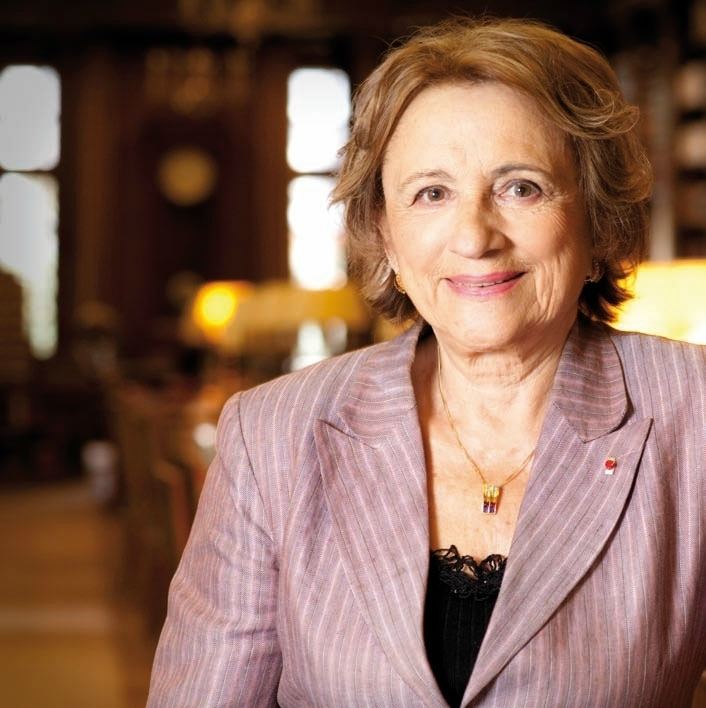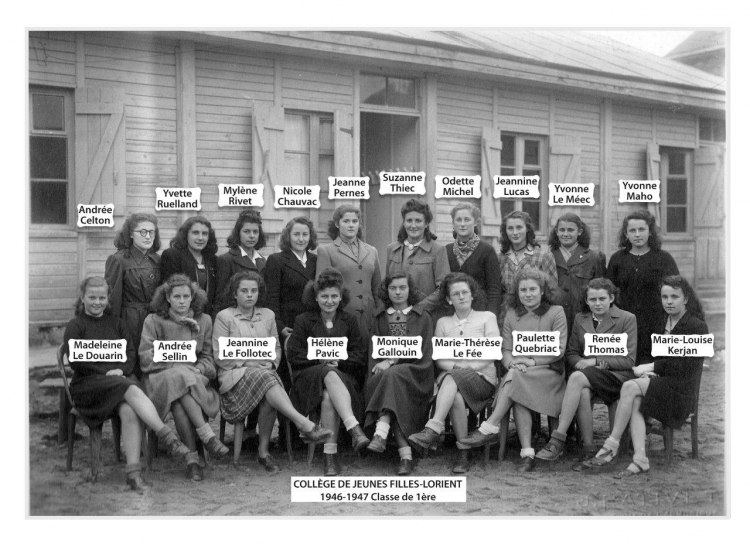Nationality France Books The Neural Crest Education University of Paris | Name Nicole Le Known for chimeras | |
 | ||
Awards | ||
Nicole Marthe Le Douarin FMedSci (born 20 August 1930, Lorient, France) is a developmental biologist, famed for her studies of chimeras, which have led to critical insights regarding higher animal nervous and immune systems.
Contents

Le Douarin invented an embryo manipulation technology to produce chimeric embryos, from chicken and quails. She is notable for shedding light on the development of higher animal nervous and immune systems. She showed that precursor cells within the neural crest were multipotent. Her technique has also permitted her to shed light on the development of the blood and immune systems.

Biography

Le Douarin was born on 20 August 1930, in Brittany, France. She was raised by both parents in the town of Lorient, where her mother worked as a schoolteacher and her father as a businessman. She temporarily attended a boarding school in Nantes before moving back to her high school in Lorient, meeting her future husband and graduating high school in 1949. They moved to Paris together, attended the same university and married during this time. She received her B.S. from the University of Paris in 1954. In 1958, she returned to the university to continue her education, working with renowned embryologist Etienne Wolf. This research led to her doctoral work and Ph.D. in 1964.

She was appointed to the faculty at the University of Nantes in 1966. The dean, however, almost disallowed her appointment because he disapproved of married women on the same faculty with their husbands. Le Douarin's mentor Wolf intervened, and the dean relented. However, she was not given laboratory space or a research budget, as her husband was, and she was given a heavy teaching load. Le Douarin continued her research on avian embryos, focusing on the interactions between the endoderm and mesoderm layers.
Le Douarin was most interested in researching embryonic inductive signaling mechanisms. Through years of experimentation, she invented an embryo manipulation technology to produce chimeric embryos from chicken and quails. When grafting quail mesoderm and chicken endoderm together, Le Douarin noticed that the quail cell nucleoli were significantly larger and denser than the chicken cell nucleoli. The size disparity was caused by the tendency of quail embryos to carry increased amount of heterochromatin in the nucleolus. Le Douarin was able to utilize Feulgen stain to stain the heterochromatin and distinguish between groups of quail-derived and chicken-derived cells in her chimeric embryos based on the amount of visible dye. The use of Feulgen stain was an important turning point in Le Douarin’s research, as she was now able to track specific quail cell fates in the developing embryo. When creating embryos of combined quail and chick cells, she could trace the differentiation of separate cell lines throughout the developing organism.
Le Douarin’s work on chimeric embryos became increasingly notable, and she was able to gain international funding for her research after being appointed as Director of the C.N.R.S. Institute of Embryology. Building on her past experimentation, she began to research the developmental mechanism of the neural crest of avian embryos. In a 1980 publication, Le Douarin detailed her process of inserting totipotent quail nerve cells into the neural primordium of a chick. Her Feulgen stain technique allowed for the creation of a fate map detailing the migration of the quail-derived neural crest cells. This research spurred Le Douarin to publish her first book, The Neural Crest, in 1982. In the following years, she would gain membership to the French Academy of Science, and receive the Kyoto Prize in Advanced Technology for her work with avian chimeras. Throughout the late 1980s and early 1990s, Le Douarin would be admitted to multiple highly regarded scientific societies and received many additional awards in her field, including the Louis-Jeantet Prize for Medicine, the Louisa Gross Horwitz Prize, and the Pearl Meister Greengard Prize.
Le Douarin was Director of the Institute of Embryology at the C.N.R.S., replacing her mentor Etienne Wolf. James Ebert, an embryologist at the Carnegie Institution of Washington, recommended her to the position. She is notable for her work on the development of higher animal nervous and immune systems, mechanisms of evolution in developmental biology and vertebrate central nervous system development. Her work has been used in research on songbird behavior.
